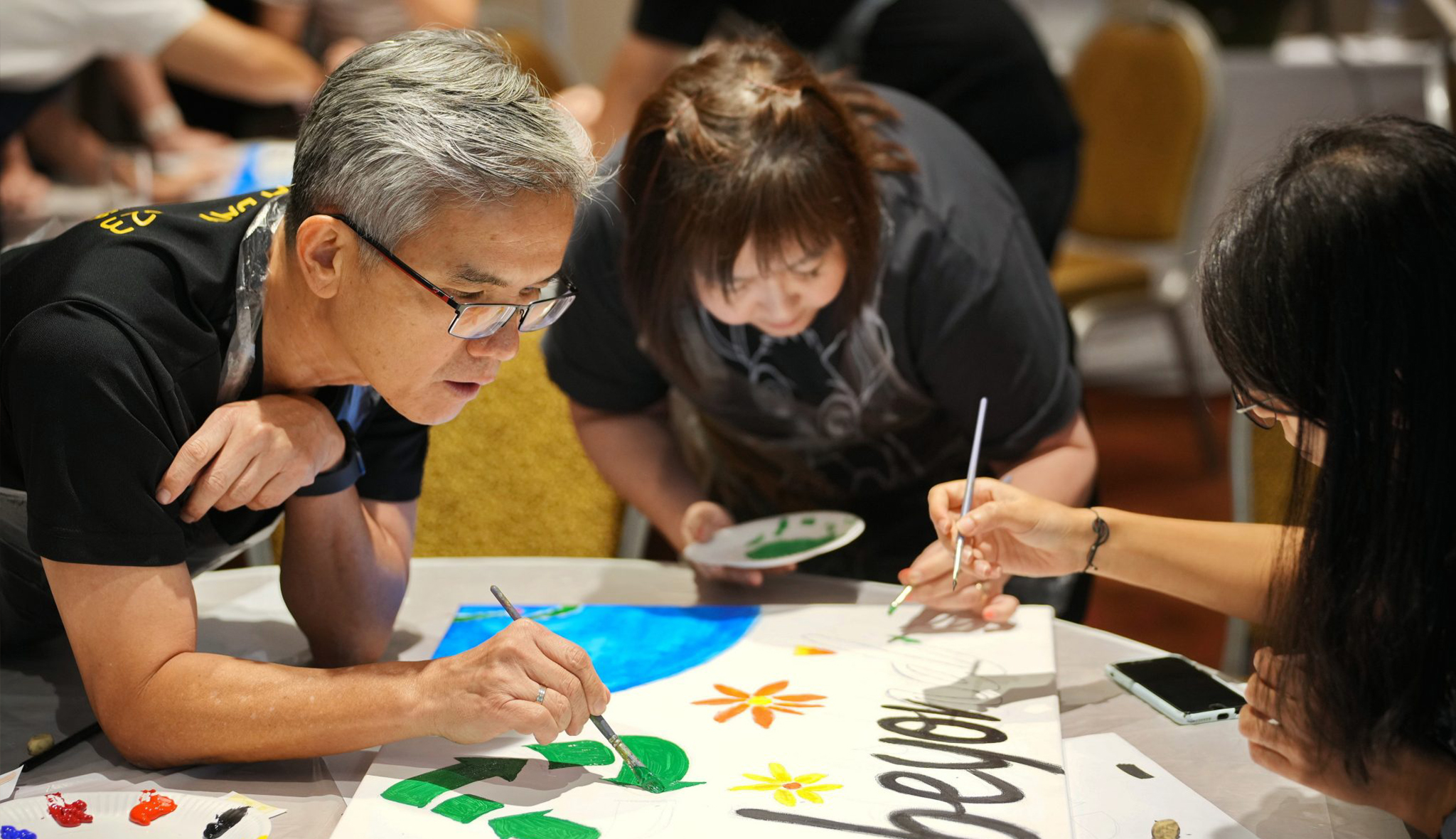A Distant View of Borobudur, Chua Ek Kay (2006) Image Courtesy of OSS
Focussing on the idea of capturing the spirit and the essence of the subjects, Chua’s works embodies the Xieyi (写意 freehand) ideals.

Bicycles by the Shophouse, Chua Ek Kay, Image courtesy of art net
In addition, his subjects were most often largely abstracted. He avoids using representational elements and worked on his interest in stylizing and delicately rendered ink-saturated brushstrokes to create lyrical compositions. Chua’s practice expresses his innovative thinking and his tenacity in challenging pictorial traditions.
To find out more about Chua Ek Kay and his art, visit these websites:
Esplanade’s Tribute to Chua Ek Kay
NLB’s info sheet on Chua Ek Kay
An informative article on Chua Ek Kay by Low Sze Wee found on the Straits Times
If you would like to learn more about Traditional Chinese Ink Painting,
we have a **BRAND NEW** lesson starting from 19 April 2019.
Every Friday





















